The Garmin HRM-Fit heart rate monitor is made for women
Content is created by CNN Underscored’s team of editors who work independently from the CNN newsroom. When you buy through links on our site, CNN and its syndication partners may earn a commission. Learn more
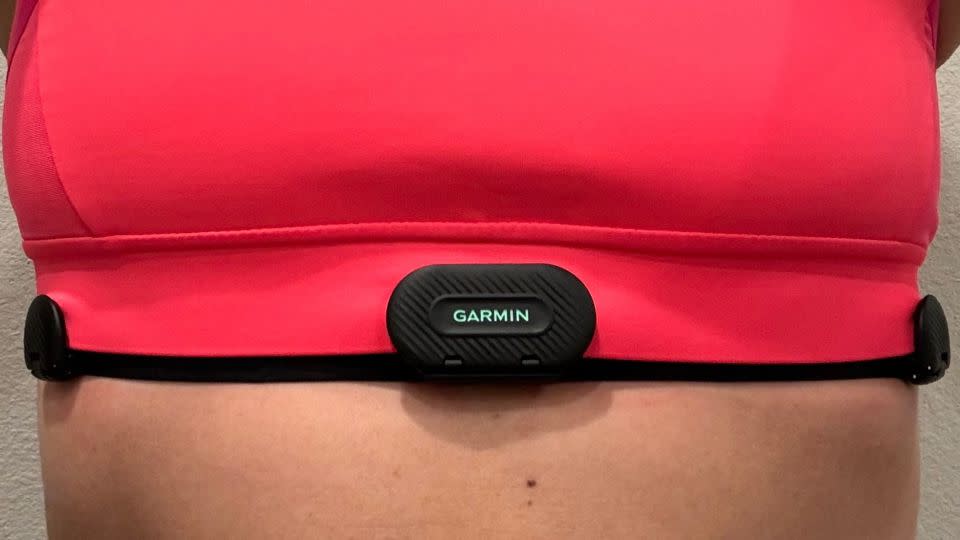
Fitness trackers monitor tons of health metrics, but one of the most important is heart rate. Tracking how many times your heart beats per minute helps you gauge your effort level during exercise, stay on top of stress levels throughout the day and analyze your sleep quality.
But as ubiquitous as wrist-based fitness trackers are, chest straps are generally considered more accurate. A chest strap had the closest readings to an electrocardiogram (ECG), aka the gold standard for heart rate monitoring, compared to the Apple Watch, Fitbit Ionic and other wrist-based devices, a 2019 study in Cardiovascular Diagnosis & Therapy found. Wristbands were also found to be less accurate than chest straps in a 2017 JAMA Cardiology study.
However, chest straps can be uncomfortable and awkward to deal with, especially for women athletes, who have to layer them under a sports bra. Thankfully, Garmin finally designed a solution with the HRM-Fit, a chest strap that works with the sports bra to more accurately track real-time heart rate and other performance data without causing any discomfort or distractions. It is important to note that the HRM-Fit is only compatible with Garmin devices, while the Coros armband, for example, is compatible with any Bluetooth heart rate-enabled device.
We put the HRM-Fit to the test over multiple runs (and with multiple sports bras). Here’s what we thought.
Garmin HRM-Fit
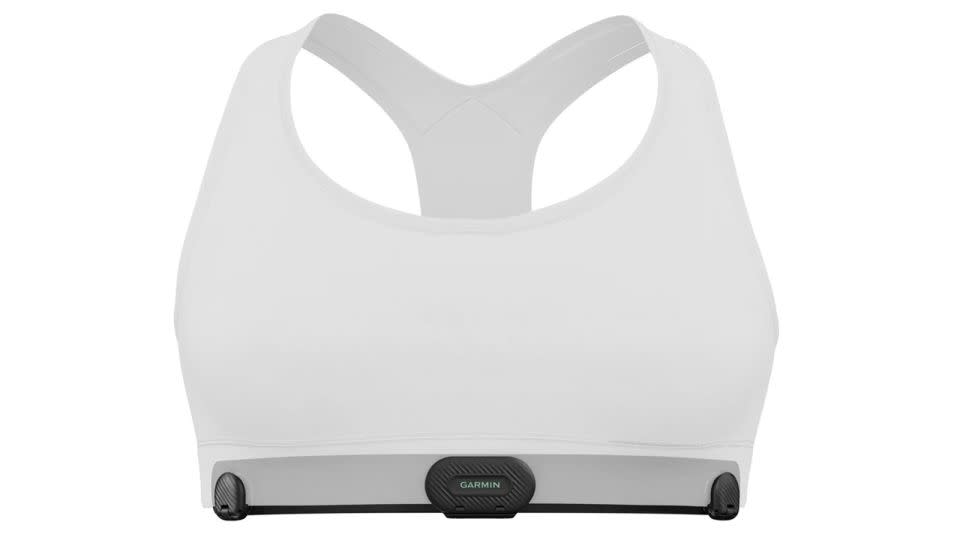
The Garmin HRM-Fit promises more accurate heart rate tracking during exercise for women who hate having to wear a full chest strap under their sports bra.
$150 at Amazon
$150 at Garmin
$150 at Target
What we liked about it
It’s a clip-on, not a full strap
Most heart monitor chest straps, which are essentially stretchy loops of fabric with a sensor attached to them, fully wrap around the torso, sitting atop the skin just below the sternum — great for men, but not so great for women, whose sports bra bands sit in the exact same spot. Two overlapping straps, both of which are supposed to fit snugly, is a recipe for discomfort and chafing. The Garmin HRM-Fit is only about 13 inches long, and instead of pulling it over your head or stepping into it, it attaches directly onto a sports bra via three anchor points that flip open, then clasp down on the fabric to anchor it in place. We had no issues with movement during an easy run, a track workout and a long run — for the most part, we forgot the strap was even there, which is the highest compliment a piece of gear can earn.
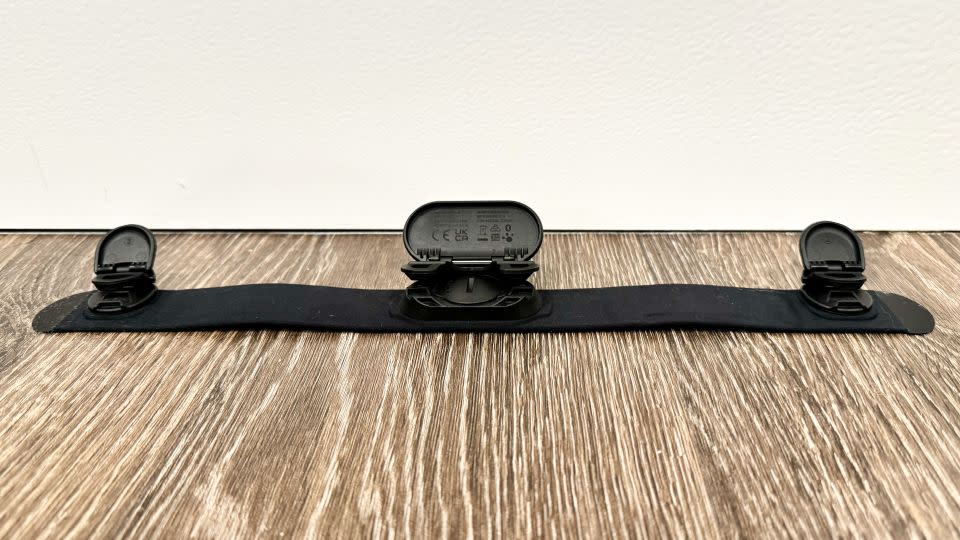
The wealth of data
Disclaimer: We don’t have access to a lab or an ECG, so we can’t say the HRM-Fit is any more accurate than any of our other wearables. However, by transmitting the real-time data to the Garmin Fenix 7 watch, we were able to compare it to the Coros Pace 3 watch, Coros Heart Rate Monitor armband and Oura Ring on multiple runs, and found that the average heart rate recorded on each device was within three beats per minute.
And it doesn’t just track heart rate. After our runs, we were also able to see stats about our running dynamics (which can help you identify gait issues or inefficiencies), such as ground contact time, balance, cadence, stride length and more. If you’re not wearing a watch but you are wearing the chest strap, it will still capture steps, calories burned, intensity minutes and all-day heart rate, then send that info to your Garmin Connect smartphone app.
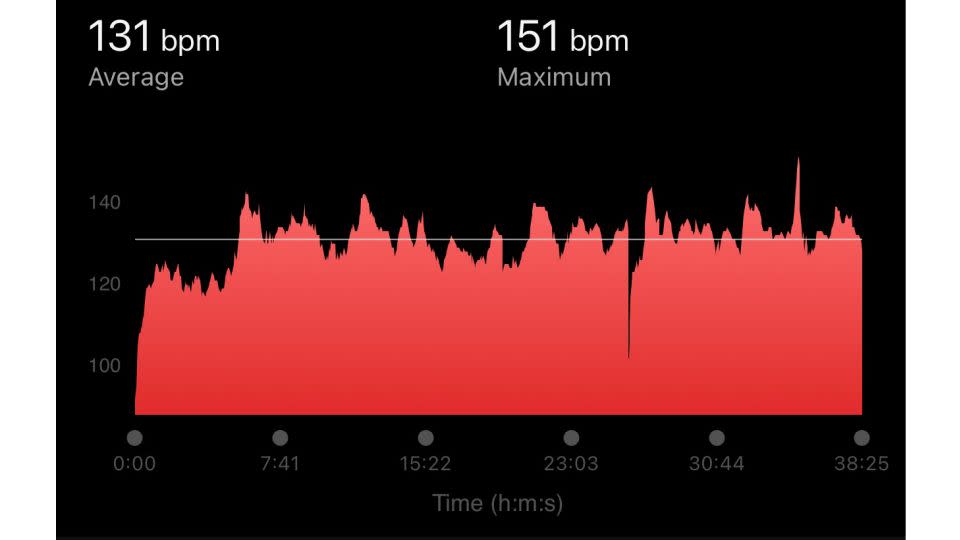
What we didn’t like about it
It doesn’t work with all sports bras
The HRM-Fit requires a tight-fitting sports bra, because the strap needs to be flush to your skin in order to accurately capture data. (You should be wearing a tight-fitting sports bra for medium- and high-impact activities anyway, because your chest needs that support.) Garmin says it won’t work with bras that zip up the front, bras that have long or wide bands at the bottom or crop tops with built-in bras. That shouldn’t be a deal breaker, as most bras do have the standard band at the bottom for the HRM-Fit to clip on to. But if you’re someone who lives in longline or crop top bras, this might not be the best investment for you.
How it compares
The HRM-Fit is a first-of-its-kind heart rate monitor created for women, so there aren’t any direct competitors. But other companies are thinking outside of the box when it comes to heart rate-tracking wearables too. We tested this against the Coros Heart Rate Band ($79), which is worn on the bicep because there’s more blood flow there than at the wrist; Wahoo also makes an armband called the Tickr Fit ($80). For a lot of people, fitness tracker choices come down to brand loyalty: The HRM-Fit is only compatible with Garmin devices, while the Coros armband, for example, is compatible with any Bluetooth heart rate-enabled device. Or you might want a device that’s rechargeable: The HRM-Fit uses a CR2032 battery, which lasts about a year, while the Coros heart rate monitor is rechargeable. Finally, if you don’t mind a wraparound strap (or you don’t wear a sports bra), Garmin does sell more traditional chest straps, such as the HRM-Pro Plus ($130).
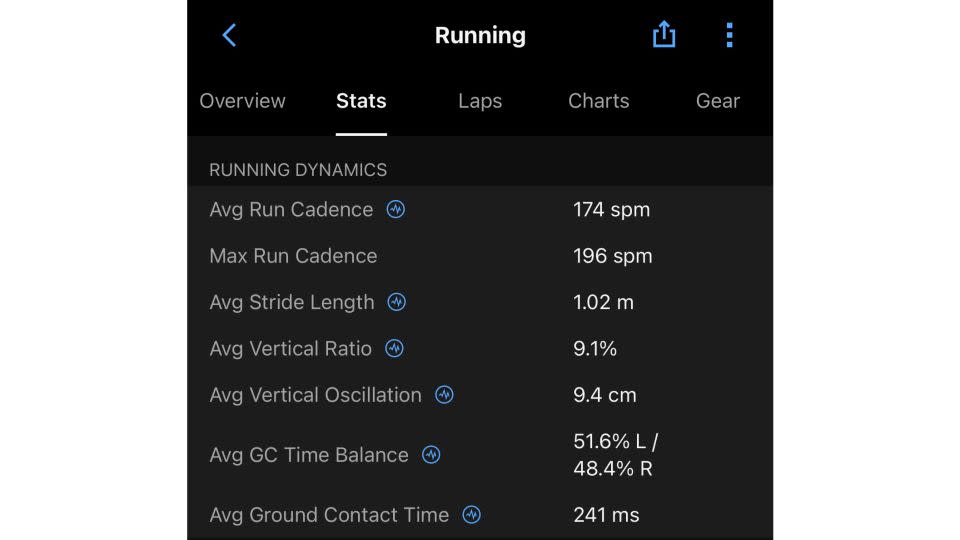
Bottom line
It can sometimes feel gimmicky when brands debut a “women’s only product,” but the HRM-Fit actually solves a women athlete-specific problem — and it does so in a way that’s subtle and comfortable. Most athletes may not need an additional heart rate monitor outside of their watch, but if you do train with a focus on heart rate and you’re looking for a more accurate device to gauge workout intensity, the HRM-Fit is easy to set up and barely noticeable when it’s on, and it delivers comparable data to other popular devices post-workout.
Note: The prices above reflect the retailers' listed price at the time of publication.
For more CNN news and newsletters create an account at CNN.com

